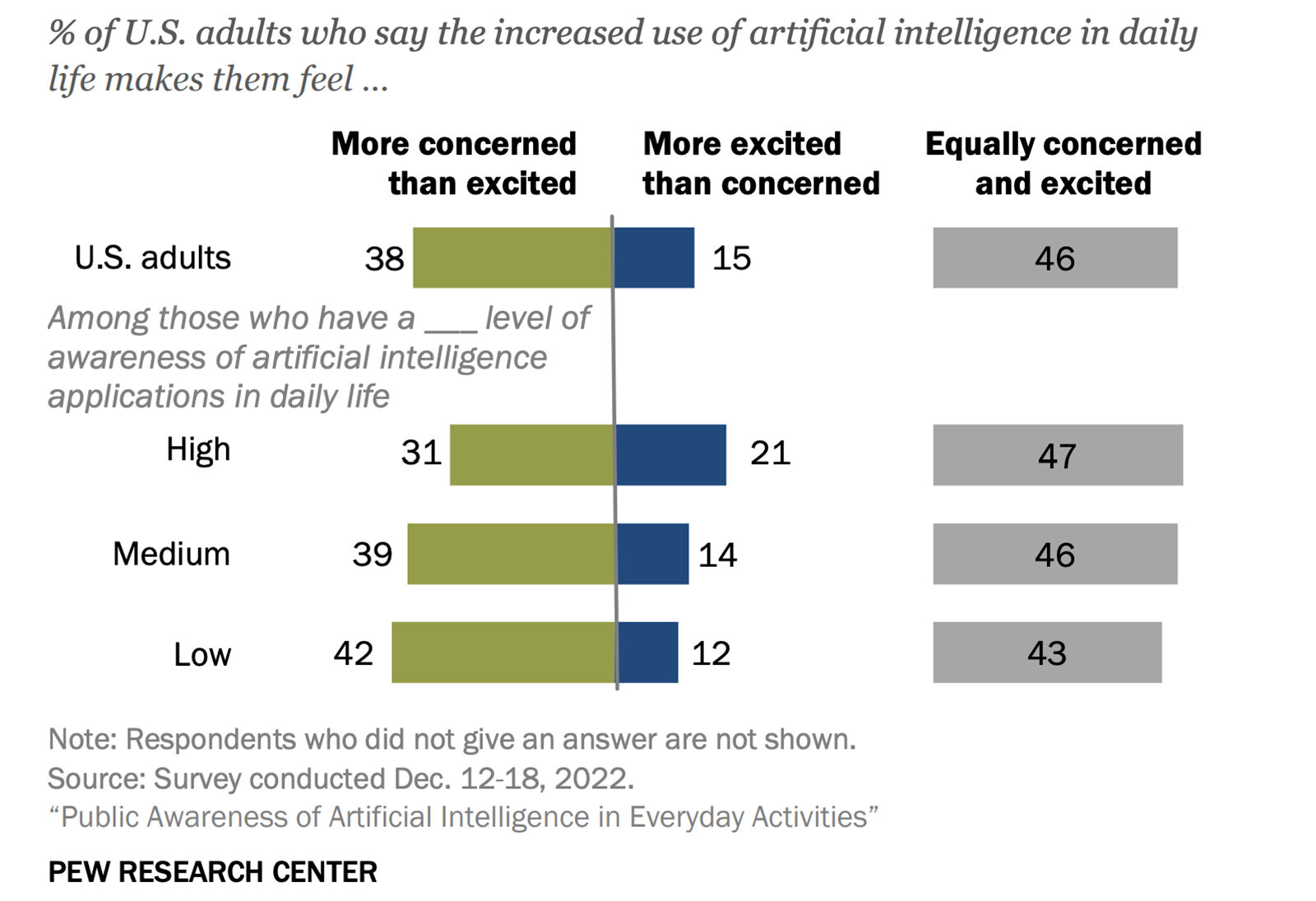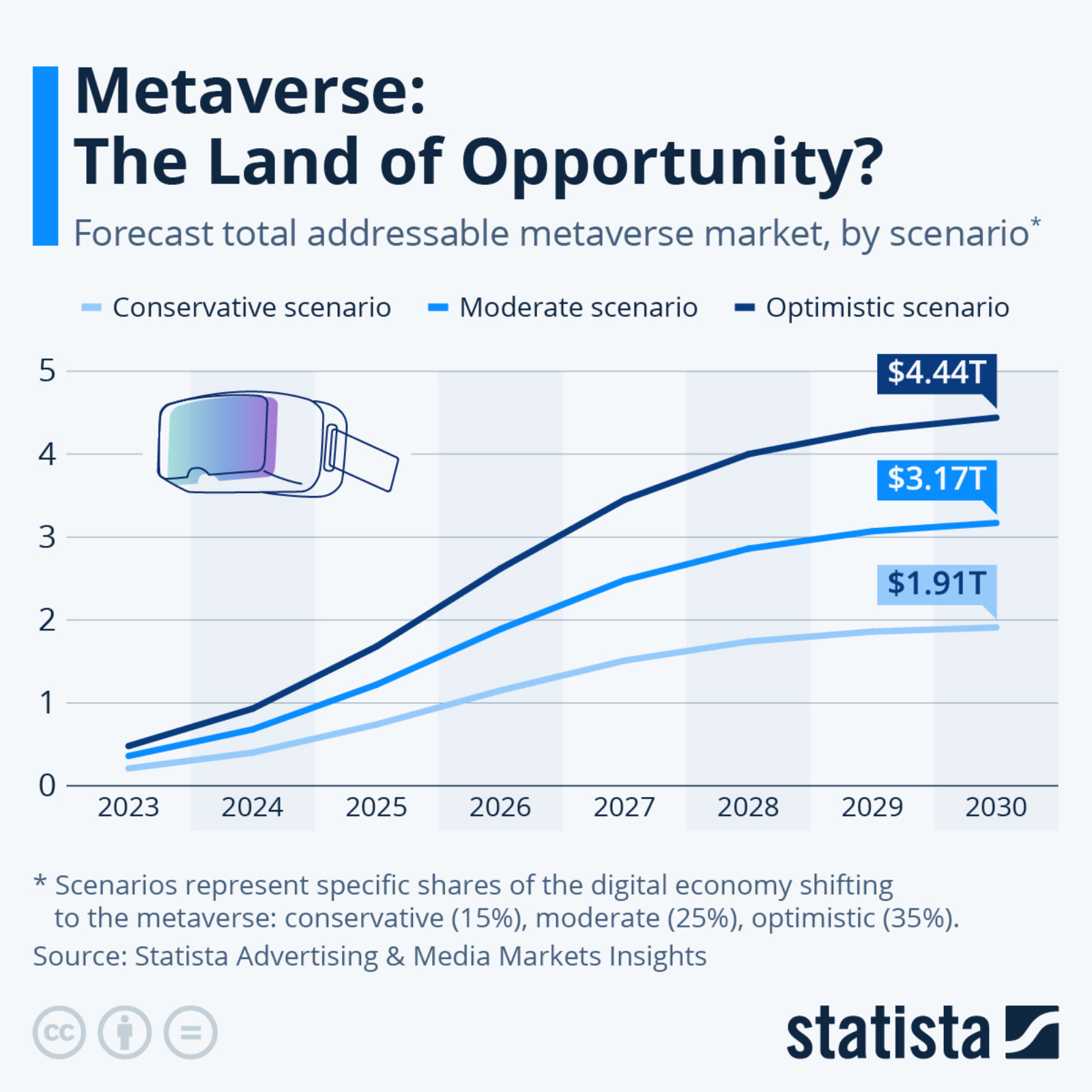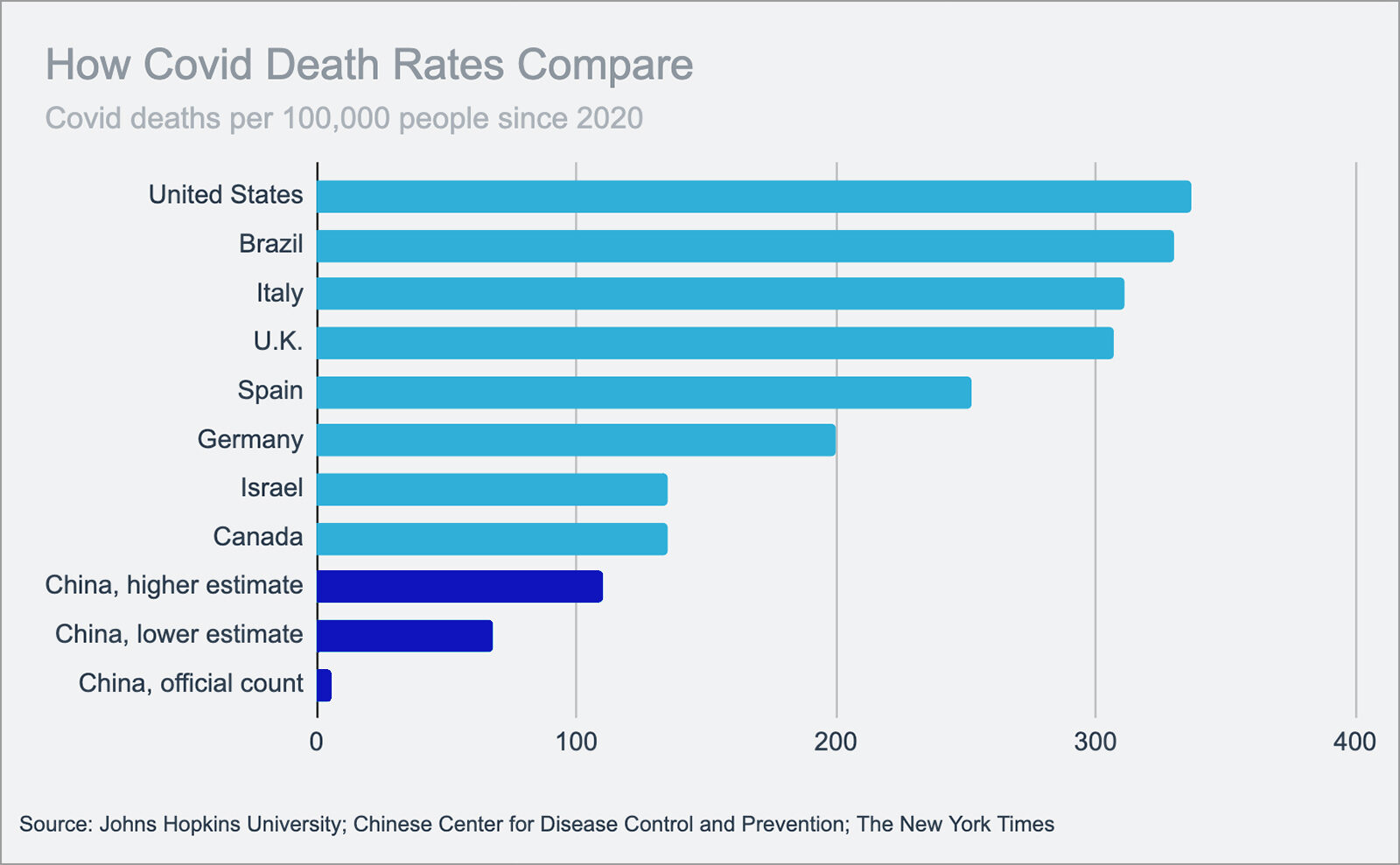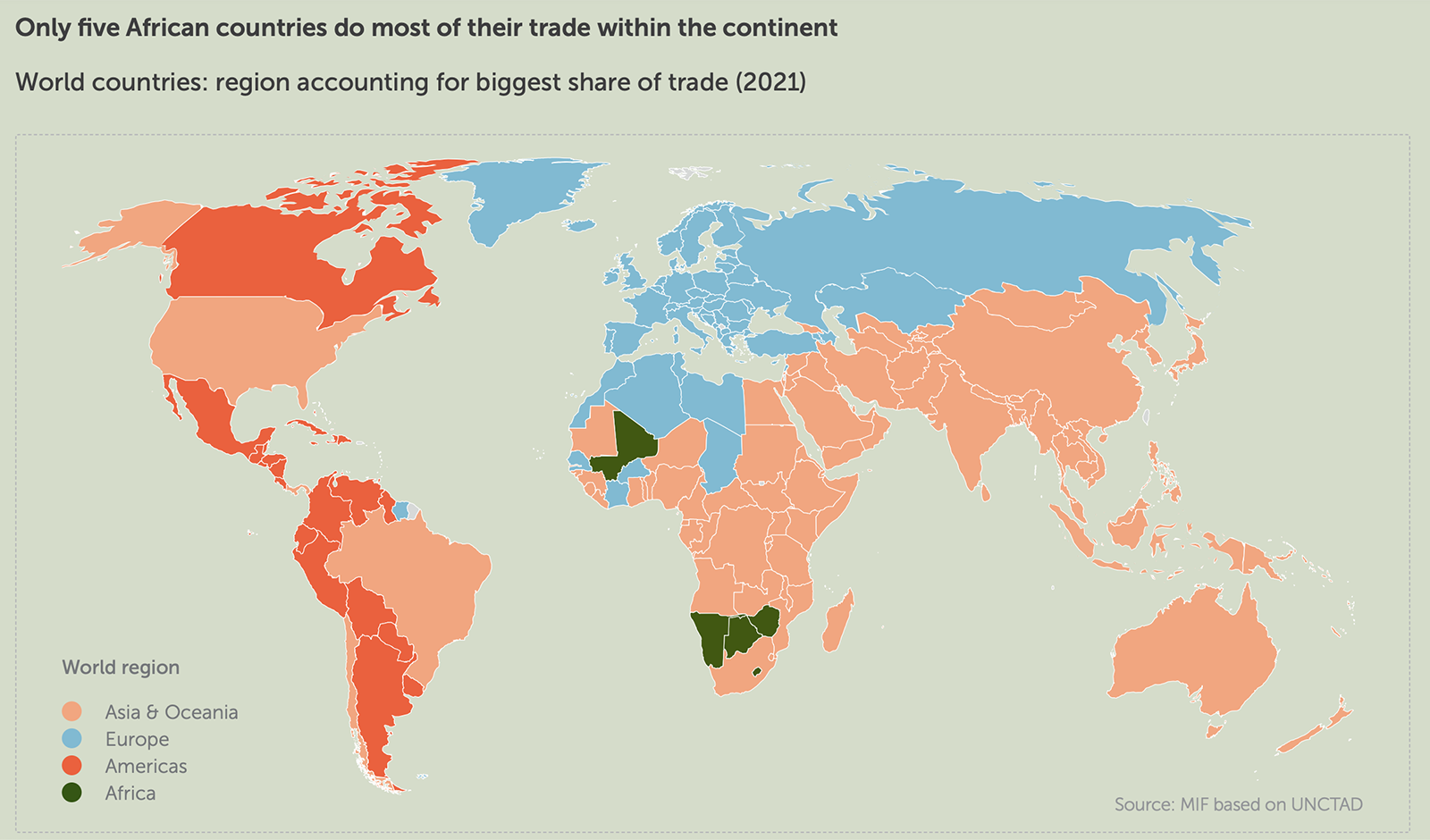Self-Employment Is Highest in Lower-Income Economies
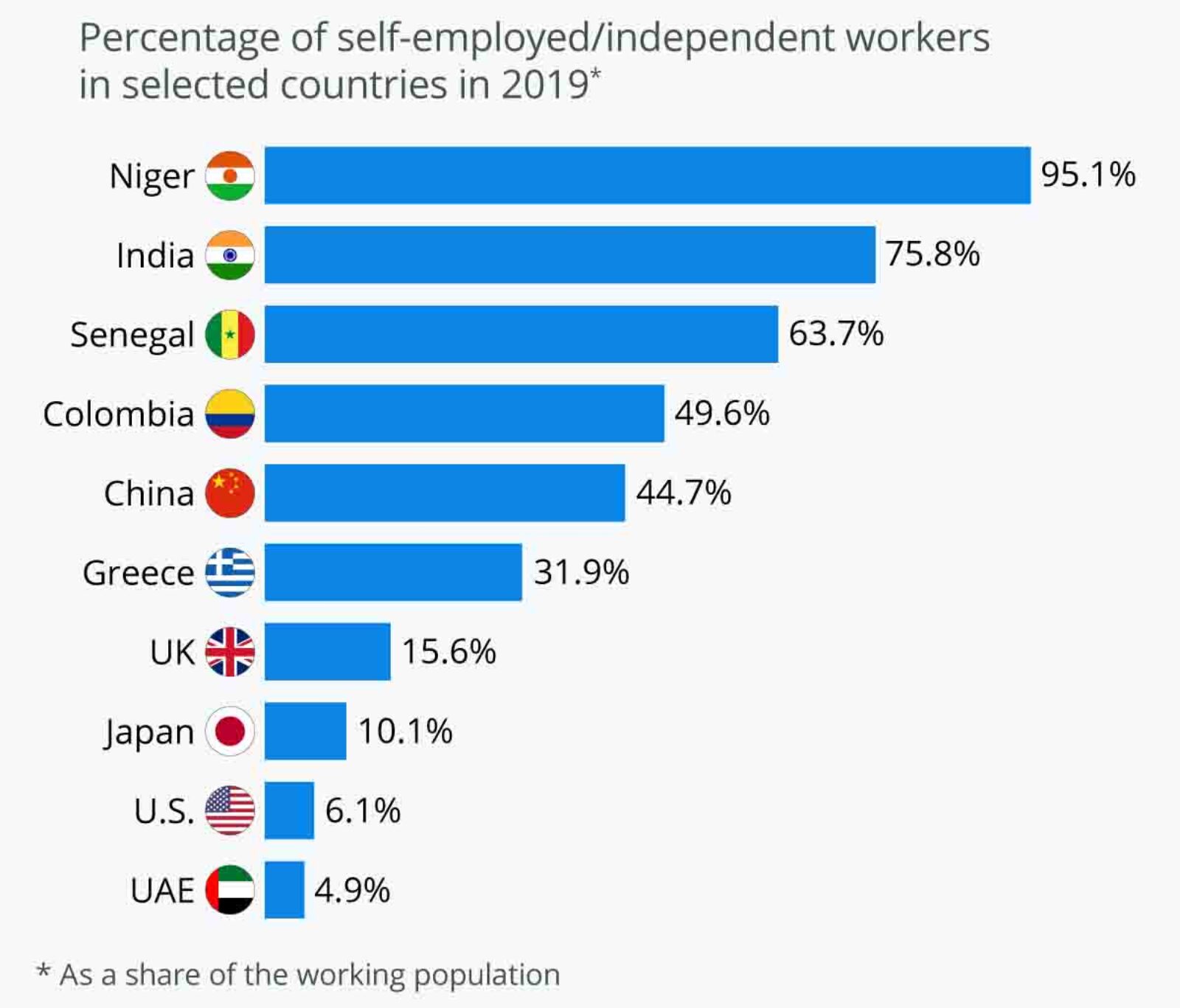
Source: International Labor Organization via World Bank
Image from Statista
An average of 46.5% of the global working population is self-employed, according to the World Bank. Niger had the highest rate of self-employment in 2019 at more than 95%, followed by India and Senegal. The lowest rates of self-employment are in Arab countries, especially in Kuwait and Qatar — at 1.8% and 0.4%, respectively.
Less than 12% of independent workers reside in high-income economies, while 80.3% of workers in low-income economies are self-employed. After the pandemic began, self-employed workers who were able to pivot to digital technologies saw more resilience, and in some cases more growth, in their business. Others experienced severe financial distress during COVID-19 compared to those employed by a company or organization.
Governments across the world introduced a variety of economic supports to help businesses survive post-COVID, but independent workers don’t always have access to this support. To address the vulnerability that comes with self-employment, the OECD suggests that policymakers “find a way to transition the self-employed off income support measures and move towards simulating business development, innovation and digitalization.”


